With input from Reuters, CNN, CNBC, BBC, and the New York Times.
The United States and Switzerland struck a major trade breakthrough Friday — one that cuts Washington’s steep tariff on Swiss goods from 39% down to 15%, and comes bundled with a massive pledge from Swiss companies to pour $200 billion into the US economy by 2028.
It’s one of the biggest foreign-investment commitments the US has landed in years, and it sets the stage for a full trade agreement the two countries aim to finalize by early 2026.
For Switzerland, the tariff rollback is nothing short of an economic sigh of relief. Industries from watchmakers to machine-tool manufacturers have been battered since the US hiked duties in August. Swiss exports to the US plunged in recent months, with tech shipments alone down more than 14%, and some machine-tool exports falling more than 40%.
“This deal puts us on equal footing with the EU,” Swiss Economy Minister Guy Parmelin said, noting that EU exporters already enjoy the same 15% rate. “Of course, we’d prefer the $200 billion to be invested here in Switzerland. But this removes the biggest risk to our economy.”
The cuts matter: about 40% of Swiss exports are hit by the US tariff rate.
The Swiss franc ticked up following the announcement.
The $200 billion commitment is huge — and includes earlier US pledges from:
- Roche — $50B
- Novartis — $23B
- ABB, Stadler Rail, and others
At least $67 billion is set to land in 2026 alone.
The investments span:
- Pharmaceuticals
- Medical devices
- Aerospace
- Semiconductor production
- Gold refining and smelting
- Rail equipment manufacturing
US Trade Representative Jamieson Greer called the deal “a tearing down of longstanding trade barriers” and said Switzerland’s investment wave would help narrow the US trade deficit, especially in pharmaceuticals.
“They’re going to send a lot of manufacturing here — pharmaceuticals, gold smelting, railway equipment,” Greer said on CNBC.
One of the biggest wins for Switzerland is a cap: pharmaceuticals and semiconductors will not face tariffs above 15%, even under future national-security (Section 232) duties.
That’s key, because without the cap, those tariffs could have soared to 100% on certain drugs.
The cap will also apply to future tariffs in emerging sectors like chips — ensuring Switzerland won’t be hit harder than EU exporters.
As part of the agreement, Switzerland will lower tariffs or open quotas for several US goods. That includes duty-free access for:
- 500 tons of US beef
- 1,000 tons of bison meat
- 1,500 tons of poultry
The Swiss will also lift certain duties on US industrial goods, seafood, nuts, fruits, and chemicals.
And in a rare concession, Switzerland will officially recognize US motor-vehicle safety standards, addressing a common US complaint that European countries don’t buy enough American-made cars.
The breakthrough didn’t happen by accident.
After months of frustration — including a disastrous July phone call between President Trump and Swiss President Karin Keller-Sutter — Swiss business leaders launched an unusually bold diplomatic push.
High-profile executives from Rolex, Richemont, and gold-refiner MKS visited the Oval Office last week, bearing symbolic gifts, including a Rolex gold watch and an engraved gold bar. Trump, fond of both luxury and gold, reportedly warmed to the outreach.
Shortly afterward, a 39% tariff became a 15% tariff.
Swiss negotiators privately admit the CEOs’ intervention was “decisive.”
The US has long complained about its trade deficit with Switzerland:
- $38.3B deficit in 2024
- $55.7B deficit through July 2025, partly due to Swiss companies front-loading shipments ahead of tariff hikes
Greer said the 15% tariff remains necessary to keep pressure on exporters to “manage their surpluses,” but said investment inside the US would help rebalance the relationship.
The reaction in Switzerland was immediate.
Trade groups called the deal a “game changer,” saying it restores competitiveness against EU rivals.
Swiss industry reps noted:
- Watchmaking, machinery, precision instruments, and food exports will see the biggest boost.
- A 15% tariff restores “market parity” with EU competitors.
- KOF Economic Institute now expects Swiss 2026 growth to edge above 1%, up from a previous 0.9% forecast.
Economists say the tariff cut removes the biggest threat to Swiss growth heading into 2026.
- The tariff cut takes effect within days or weeks, once US customs systems are updated.
- Switzerland’s parliament must approve the agreement, and a national referendum will follow — standard practice for major international deals.
- Both sides aim to finalize the full trade treaty by Q1 2026, with Liechtenstein joining the agreement.
The US–Switzerland trade fight didn’t end quietly — it ended with gifts in the Oval Office, months of pressure, and one of the largest foreign-investment pledges the US has ever received.
Tariffs fall from 39% to 15%. Swiss companies invest $200 billion in America. And both sides get a clearer, calmer path forward.
For now, at least, the tariff war between Washington and Bern is over.
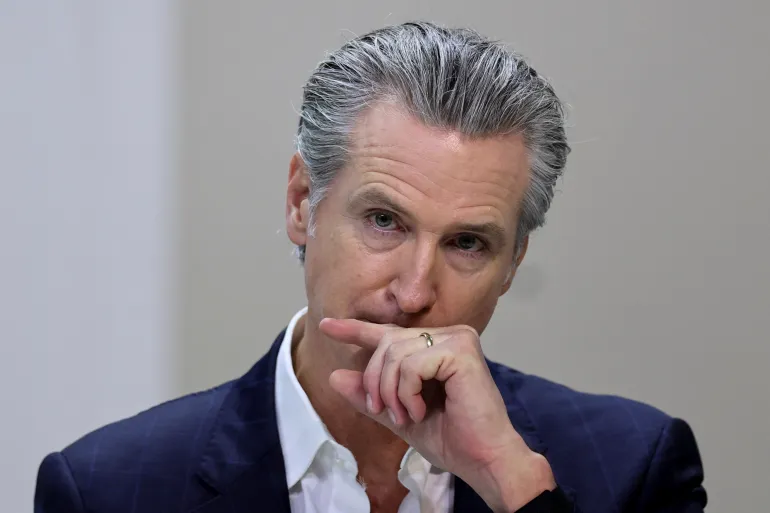
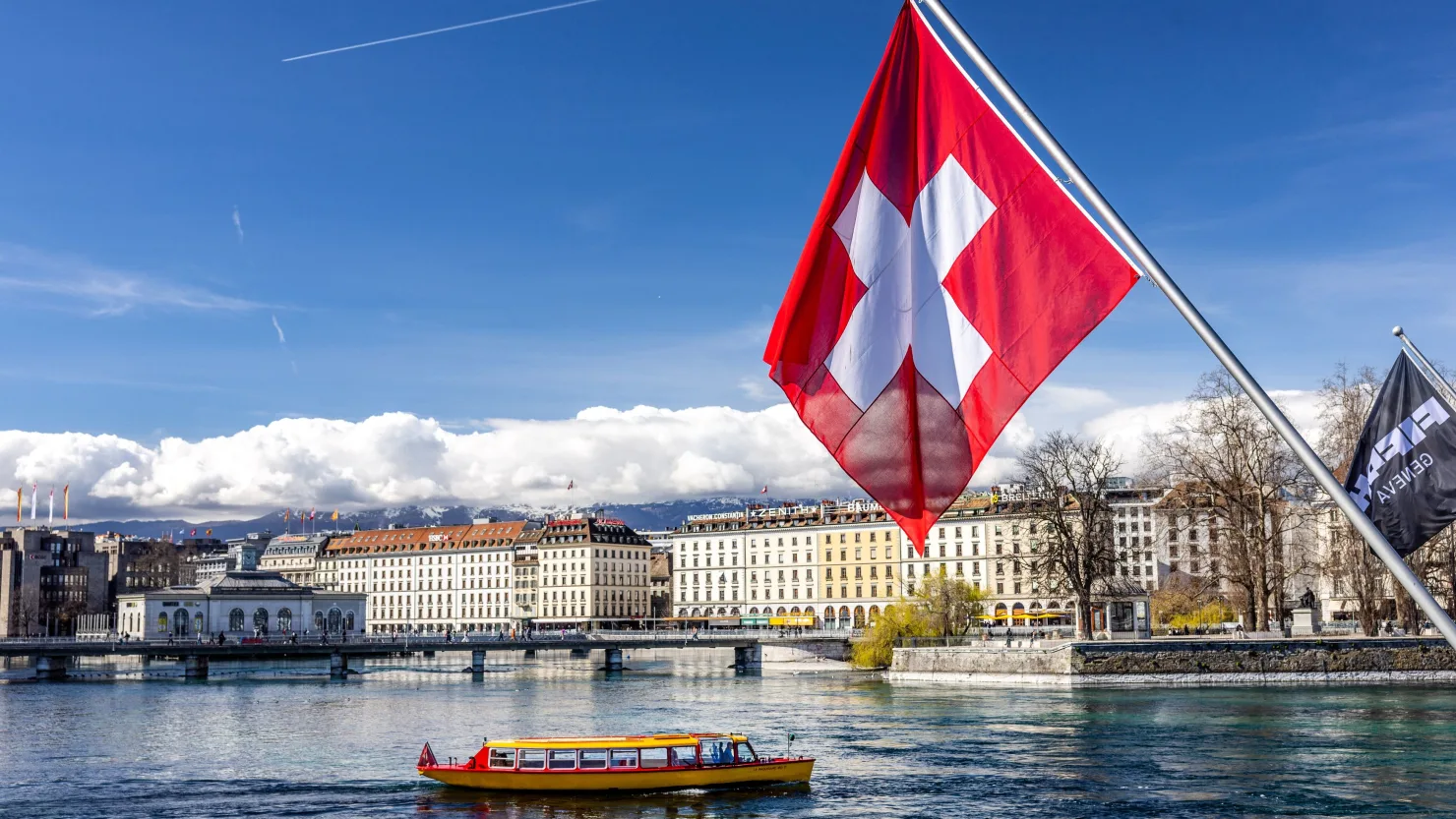
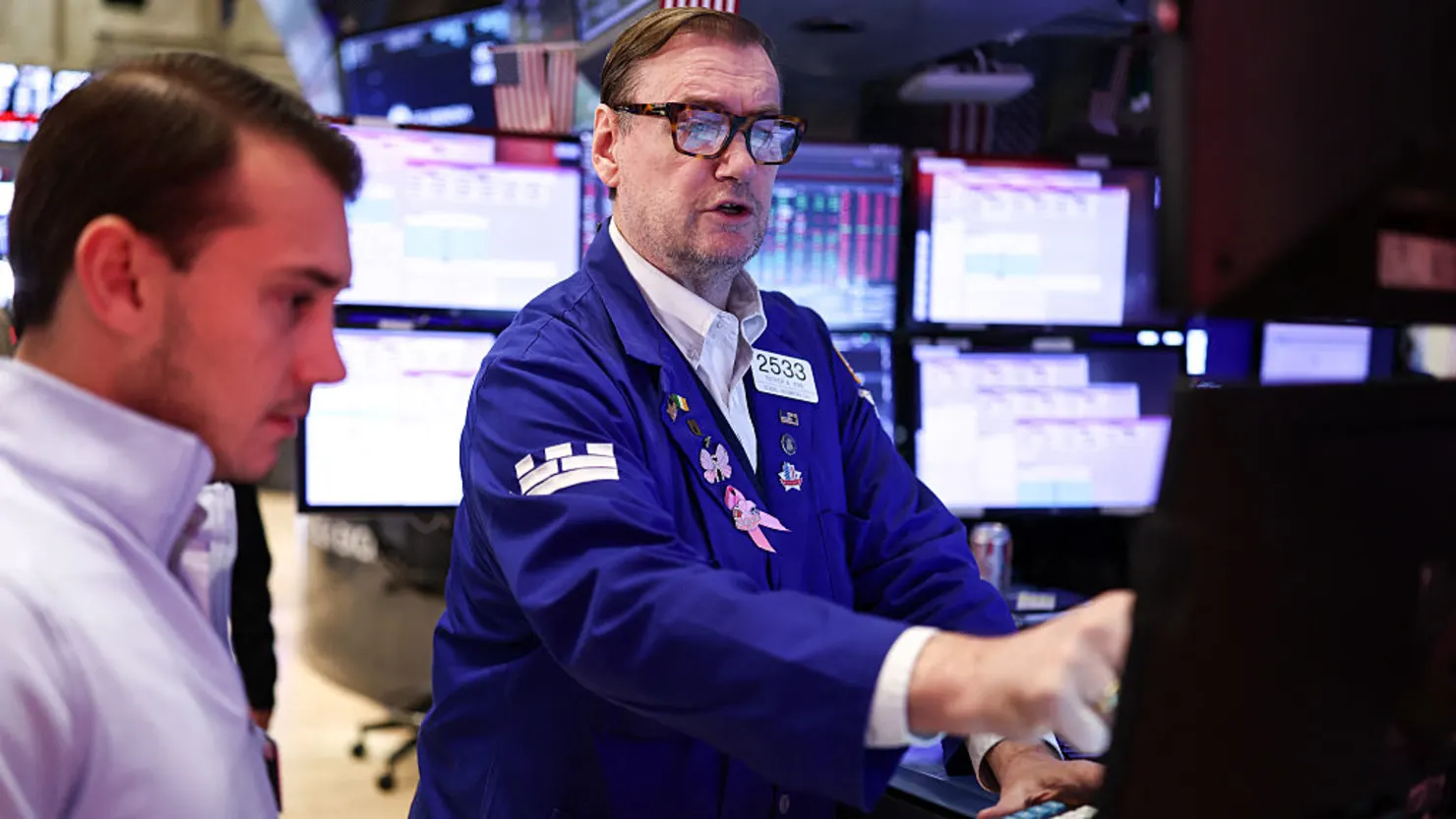
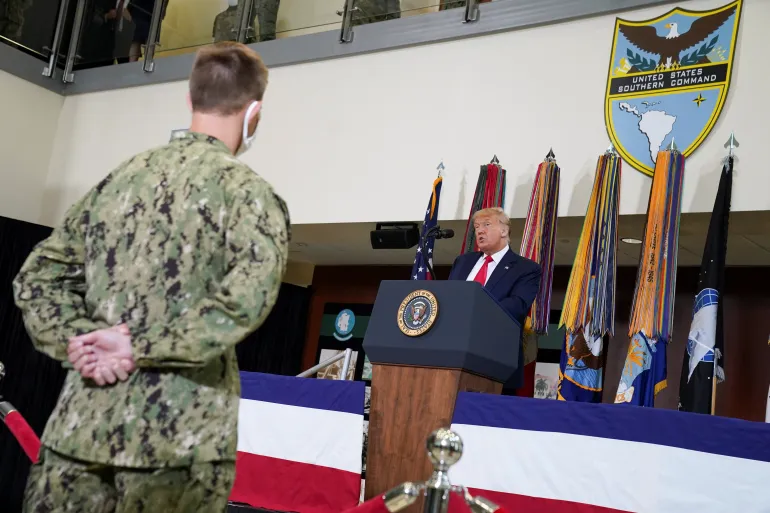
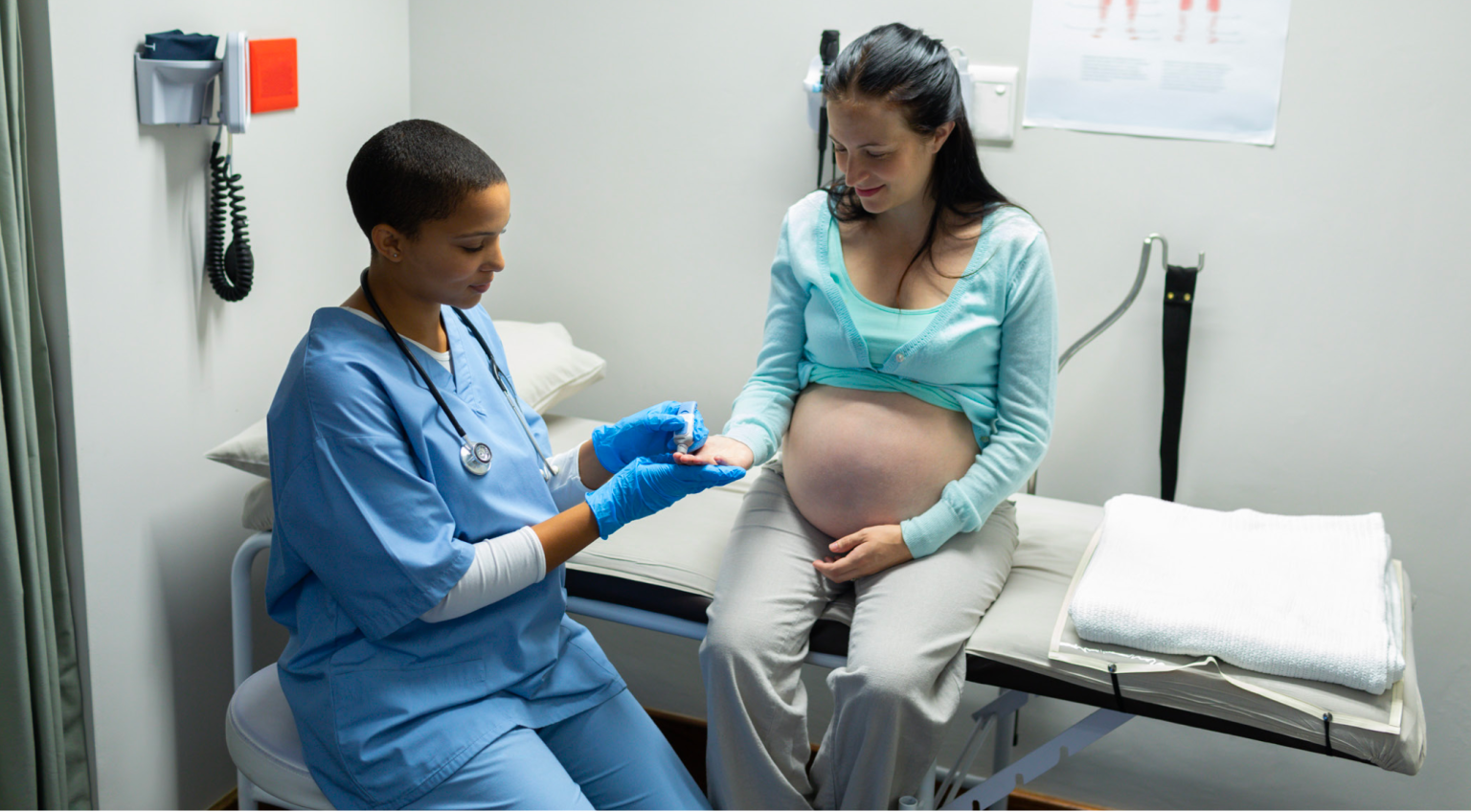





The latest news in your social feeds
Subscribe to our social media platforms to stay tuned